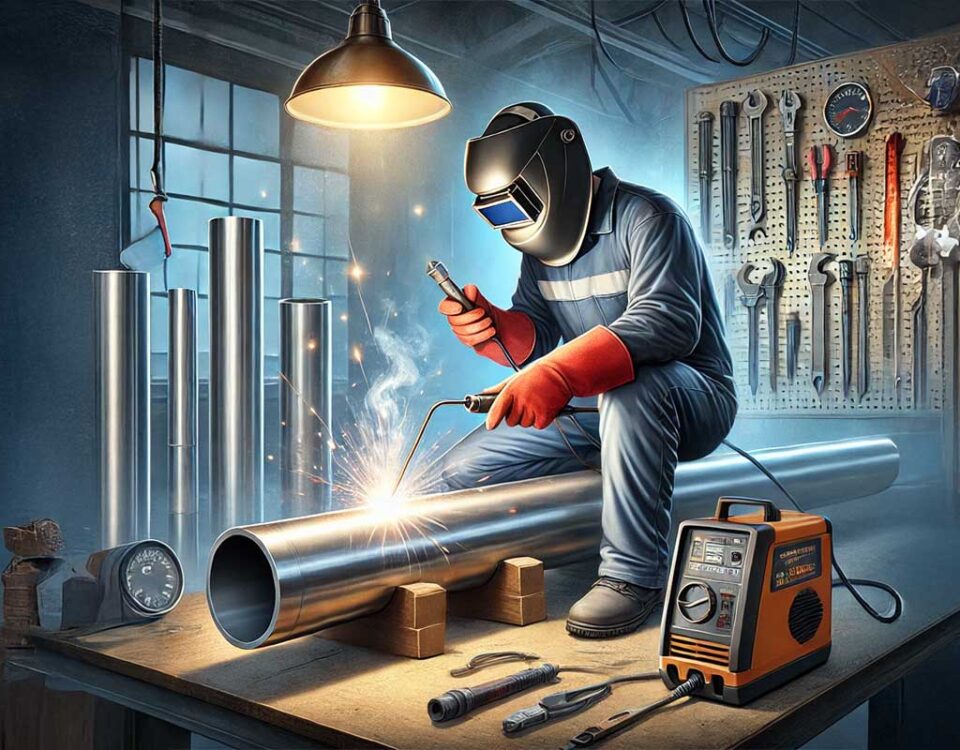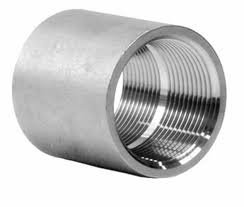- Get Free Quotes
- +91 99209 06048
- +91 22675 21290
- [email protected]
Pipe Fittings, Flanges, Pipes & Tubes
August 21, 2025
Introduction When building strong pipelines for industries, construction, or residential use, the quality of pipe fittings is crucial. Many materials are available on the market, but […]
August 6, 2025
Introduction When it comes to industrial infrastructure, stainless steel pipe fittings are more than just components; they’re essential for ensuring smooth operations. Whether you’re launching a […]
July 30, 2025
Introduction: Why the Pipe Fitting Industry Is Entering a New Era Take a stroll through any construction site, industrial facility, or urban infrastructure project, and you’ll […]
July 18, 2025
Introduction: The Backbone of Modern Infrastructure In a world where infrastructure and rapid industrialization are key players, stainless steel pipe fittings quietly yet crucially contribute to […]
June 16, 2025
In the food and beverage industry, where hygiene, safety, and quality reign supreme, even the tiniest details can make a huge difference for a brand. One […]
May 19, 2025
Introduction: Built to Withstand the Waves Picture a building holding strong amidst the pounding waves, salt spay, and unrelenting sunshine—day and night, year after year. That’s […]
May 5, 2025
Introduction In the hectic environment of construction, where longevity, efficiency, and safety measure achievement, there’s one such quiet achiever who is making it all happen—stainless steel […]
April 26, 2025
Introduction In a place such as Mumbai, where the atmosphere is humid, coastal, and sometimes hostile to infrastructure, integrity of industrial pipe systems matters the most. […]
March 24, 2025
Stainless steel pipe fittings play a vital role in the chemical and petrochemical industries, ensuring the safe and efficient transportation of fluids, gases, and chemicals. These […]
March 6, 2025
When it comes to the pharmaceutical industry, maintaining a high level of hygiene, safety, and efficiency is non-negotiable. Every component used in the production and distribution […]
February 18, 2025
Stainless steel pipe fittings play a crucial role in modern piping systems, ensuring longevity, strength, and resistance to corrosion. Whether in industrial, commercial, or residential applications, […]
February 6, 2025
Stainless steel pipes are widely used in industries like construction, automotive, and food processing due to their durability, corrosion resistance, and strength. However, welding stainless steel […]
January 29, 2025
Introduction Imagine walking up a staircase without a railing, crossing a high platform without support, or navigating a slippery walkway without anything to hold onto. It […]
January 8, 2025
When it comes to building or renovating your home, you want materials that can stand the test of time something that offers you peace of mind […]
December 9, 2024
Pipe couplings are essential components in piping systems, connecting pipes to ensure seamless fluid flow and prevent leaks. They come in various types, including compression, threaded, […]
December 2, 2024
Stainless steel pipes often come in two main varieties, 304 and 316. Think they’re the same? Think again. Even though they look alike, each type works […]
November 13, 2024
Stainless steel pipe fittings are considered the most significant plumbing and industrial piping systems elements for connecting, diverting, or controlling fluids. Being highly durable in nature, […]
October 23, 2024
Stainless steel pipe fittings are a crucial part of any project involving fluid handling, piping, or structural requirements, whether it be commercial, industrial, or even residential. […]
October 9, 2024
In the world of plumbing, piping, and industrial systems, one essential component often overlooked is the pipe coupling. These small but critical parts play a […]
September 28, 2024
When it comes to creating a reliable plumbing or piping system, the choice of pipe fittings is crucial. Pipe fittings ensure that pipes are securely joined […]
October 9, 2024
In the world of plumbing, piping, and industrial systems, one essential component often overlooked is the pipe coupling. These small but critical parts play a […]
January 29, 2025
Introduction Imagine walking up a staircase without a railing, crossing a high platform without support, or navigating a slippery walkway without anything to hold onto. It […]
February 6, 2025
Stainless steel pipes are widely used in industries like construction, automotive, and food processing due to their durability, corrosion resistance, and strength. However, welding stainless steel […]
February 18, 2025
Stainless steel pipe fittings play a crucial role in modern piping systems, ensuring longevity, strength, and resistance to corrosion. Whether in industrial, commercial, or residential applications, […]




































